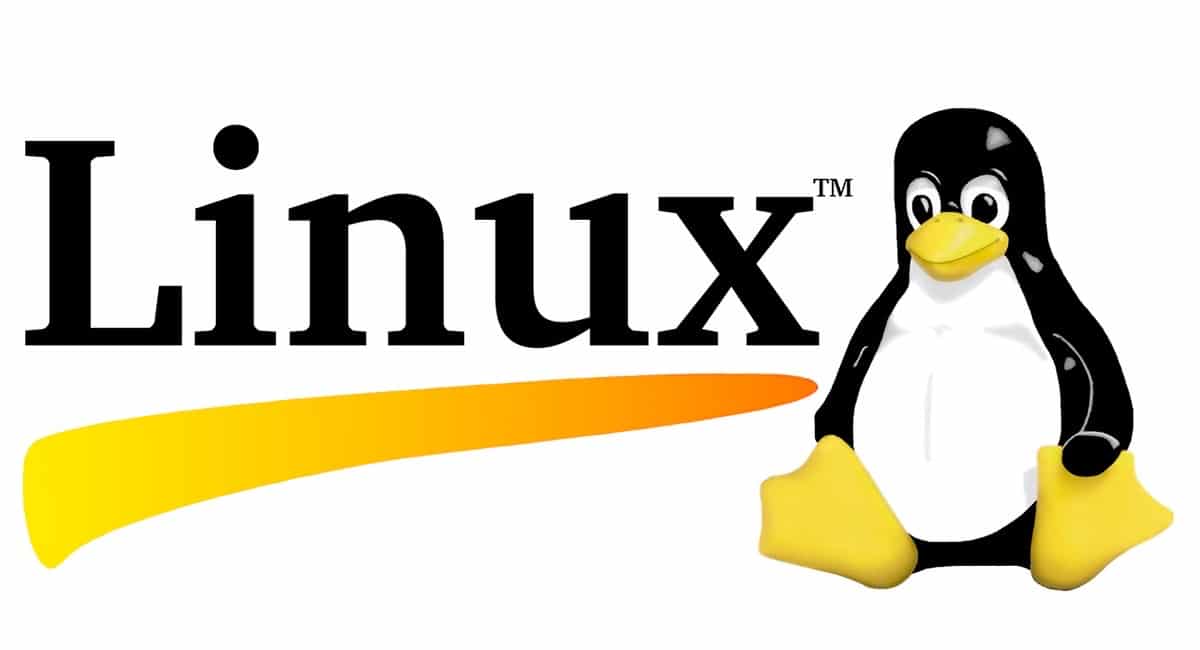
Apple's operating systems, both macOS and iOS, run on Intel's EM64T platforms and with a hybrid kernel known as XNU. That kernel is based on Mach and * BSD code, especially FreeBSD, therefore it is a Unix. And having this compatibility, the news that we bring you is not rare. The latest version of macOS, Catalina, is now available for Linux.
The only caveat is that if we want to test this version of macOS in a Linux environment, we would need to have an Apple-brand computer. You always have the option of power install a virtual machine and thus be able to test this version. We also believe that it is the best way, unless you have a terminal only for tests. With this project this is how it is done. We will do without a Mac computer by default.
macOS Catalina on your Mac running on Linux
We are going to focus on doing it through a virtual machine. A more secure and generally more efficient way.
There is a project on GitHub right now that works. The first thing we need to do is configure a very fast macOS virtual machine in QEMU using KVM acceleration. This will make everything easier and above all it will be automatic. We also avoid one of the requirements to be able to do it. You don't need an Apple computer.
Before, for those of you who don't know what KVM means, we will briefly explain it to you. It is a tool that turns Linux into a type 1 hypervisor (without operating system). It has all the necessary components to run Linux in the virtual machine, because it is part of the Linux kernel.
Go for it:
We must select the necessary command, depending on the version of Linux to be executed:
- For Debian, Unbutu, Mint and PopOS:
sudo apt-get install qemu-system qemu-utils python3 python3-pip - With Arch:
sudo pacman -S qemu python python-pip - If it is SUSE or openSUSE:
sudo zypper in qemu-tools qemu-kvm qemu-x86 qemu-audio-pa python3-pip - For Fedora:
sudo dnf install qemu qemu-img python3 python3-pip
Now let's create a virtual disk. Substitute where it says disk_name by the name you want to attribute and where it says 64G , for the space in GB you need:
qemu-img create -f qcow2 MyDisk.qcow2 64G
In the downloaded files you will find a basic.h you must add a series of lines with the editor:
-drive id=SystemDisk,if=none,file=MyDisk.qcow2 \
-device ide-hd,bus=sata.4,drive=SystemDisk \
Run the script basic.sh to start the machine and finally begin the installation of macOS Catalina.
You should now be able to have the machine running macOS Catalina. You don't have to worry about anything. everything is contributed by this GitHub project, even the macOS image.
To enjoy!!
everything installed correctly, but the iphone does not recognize me, why?